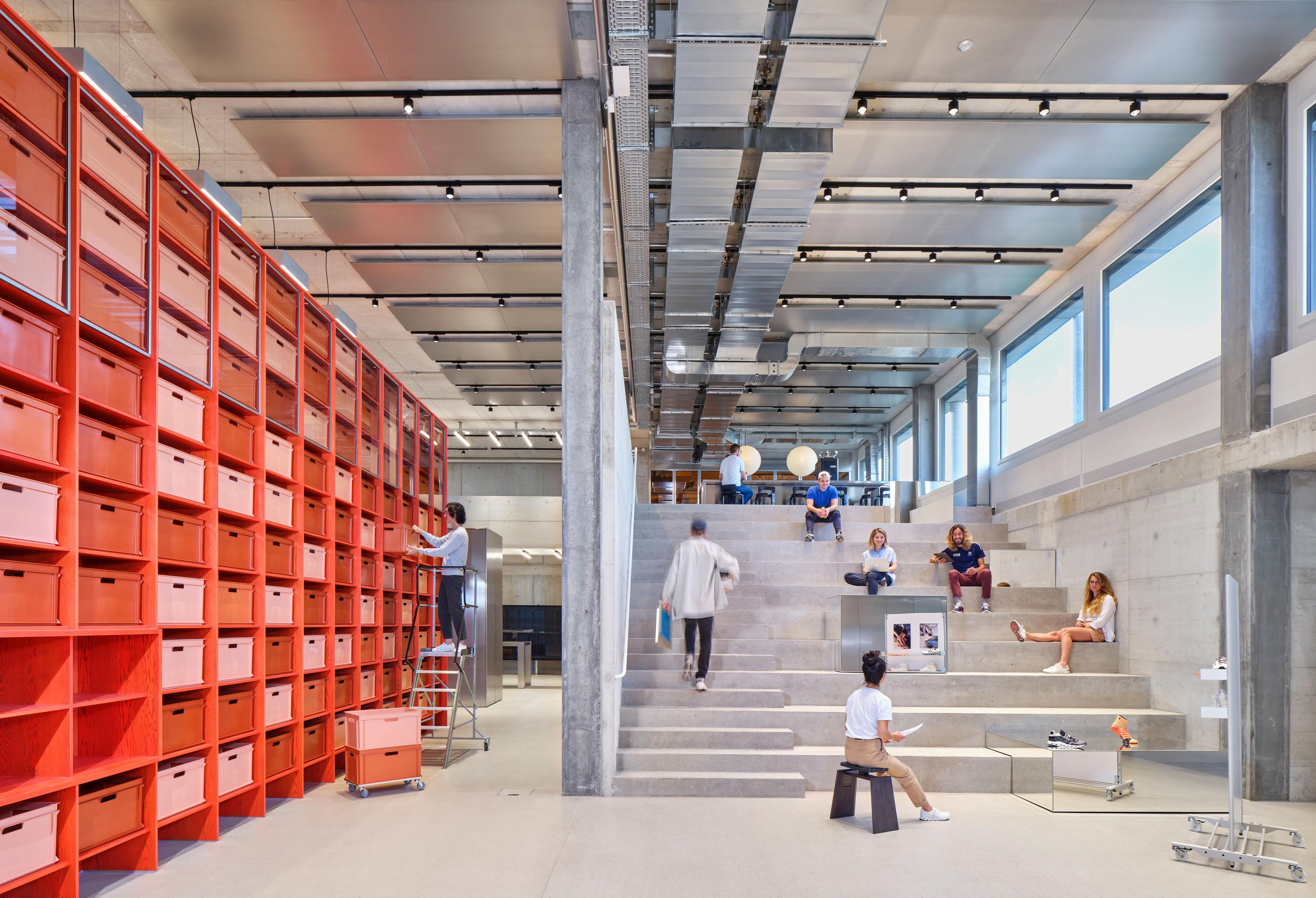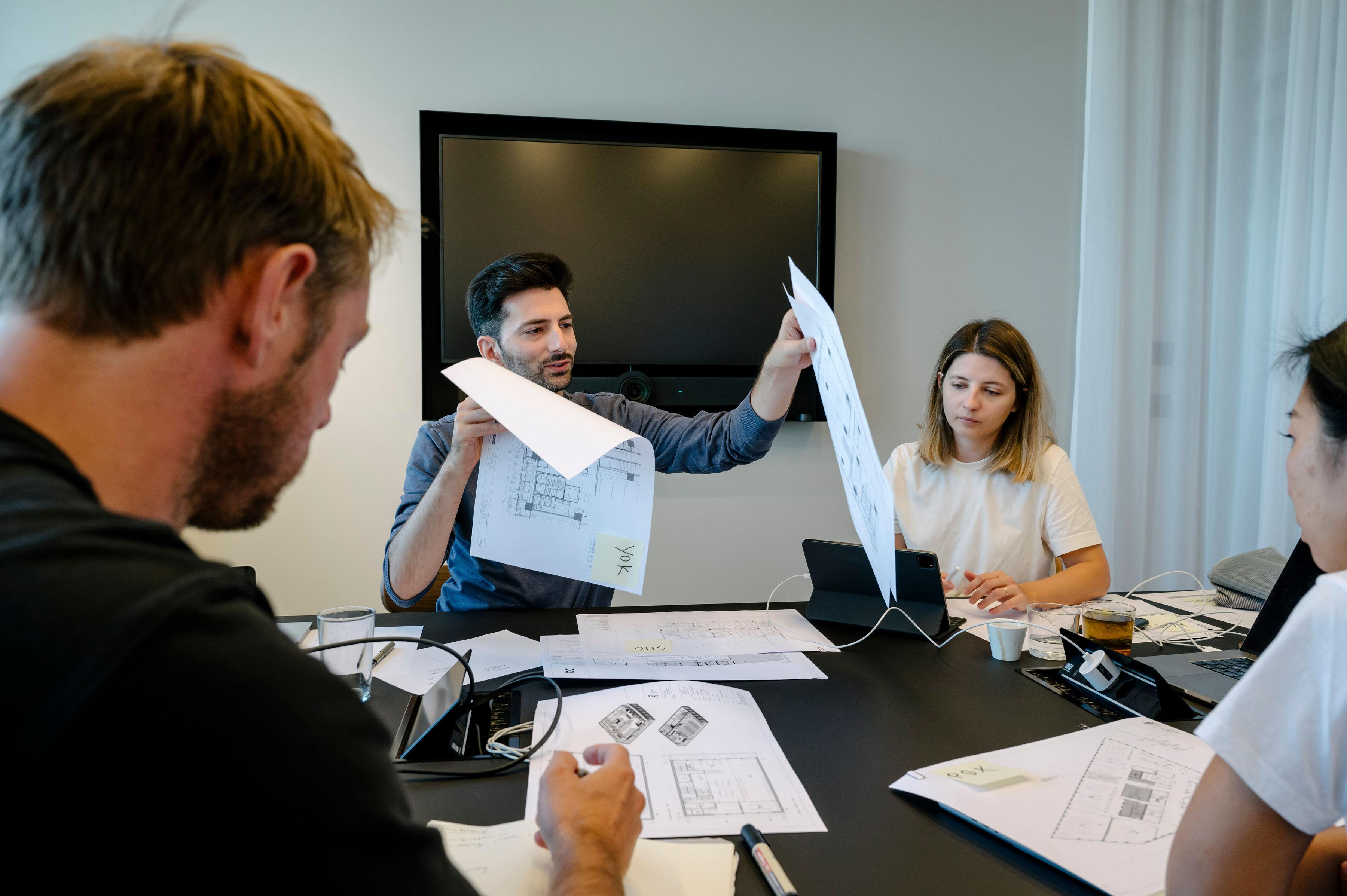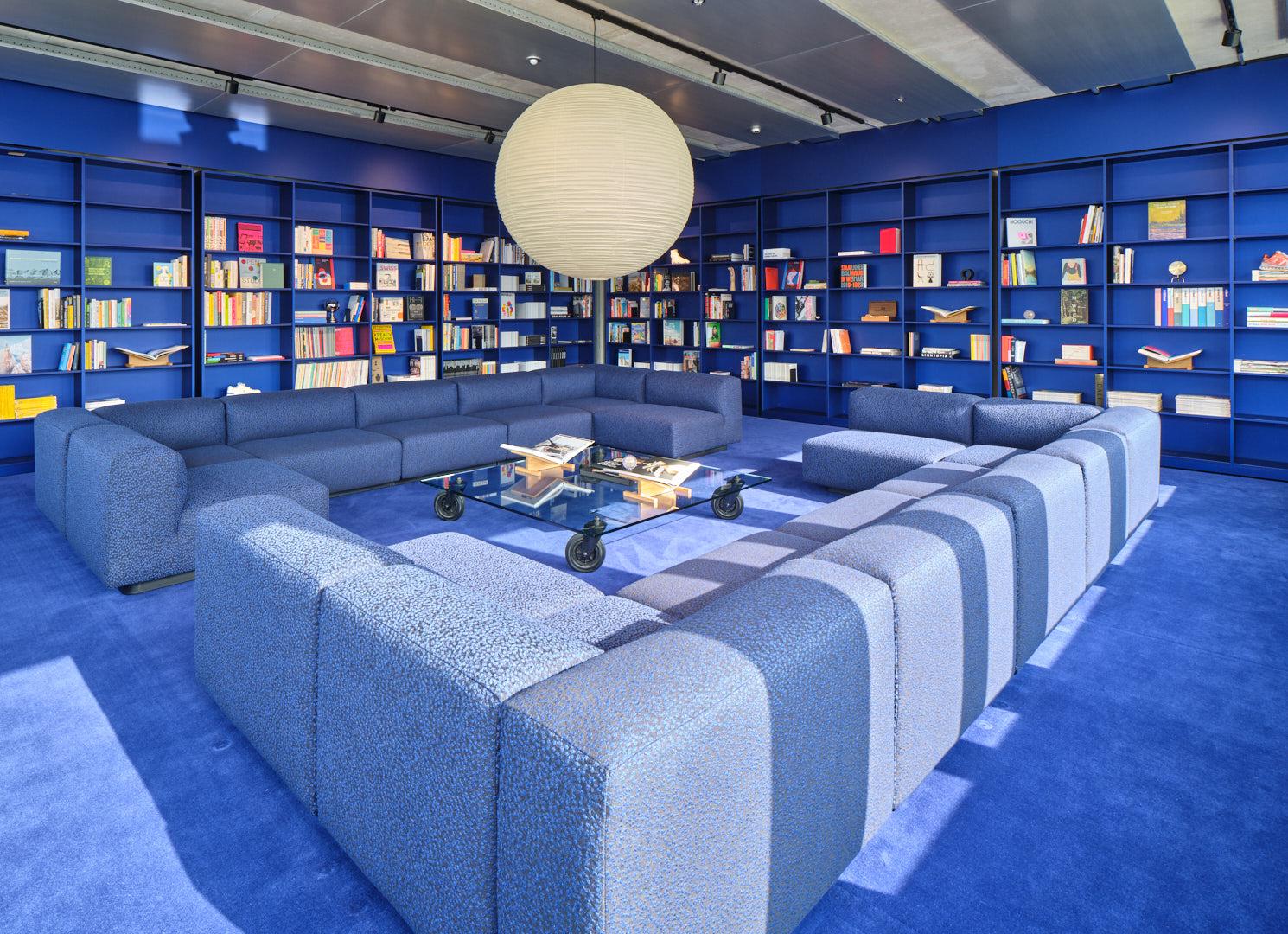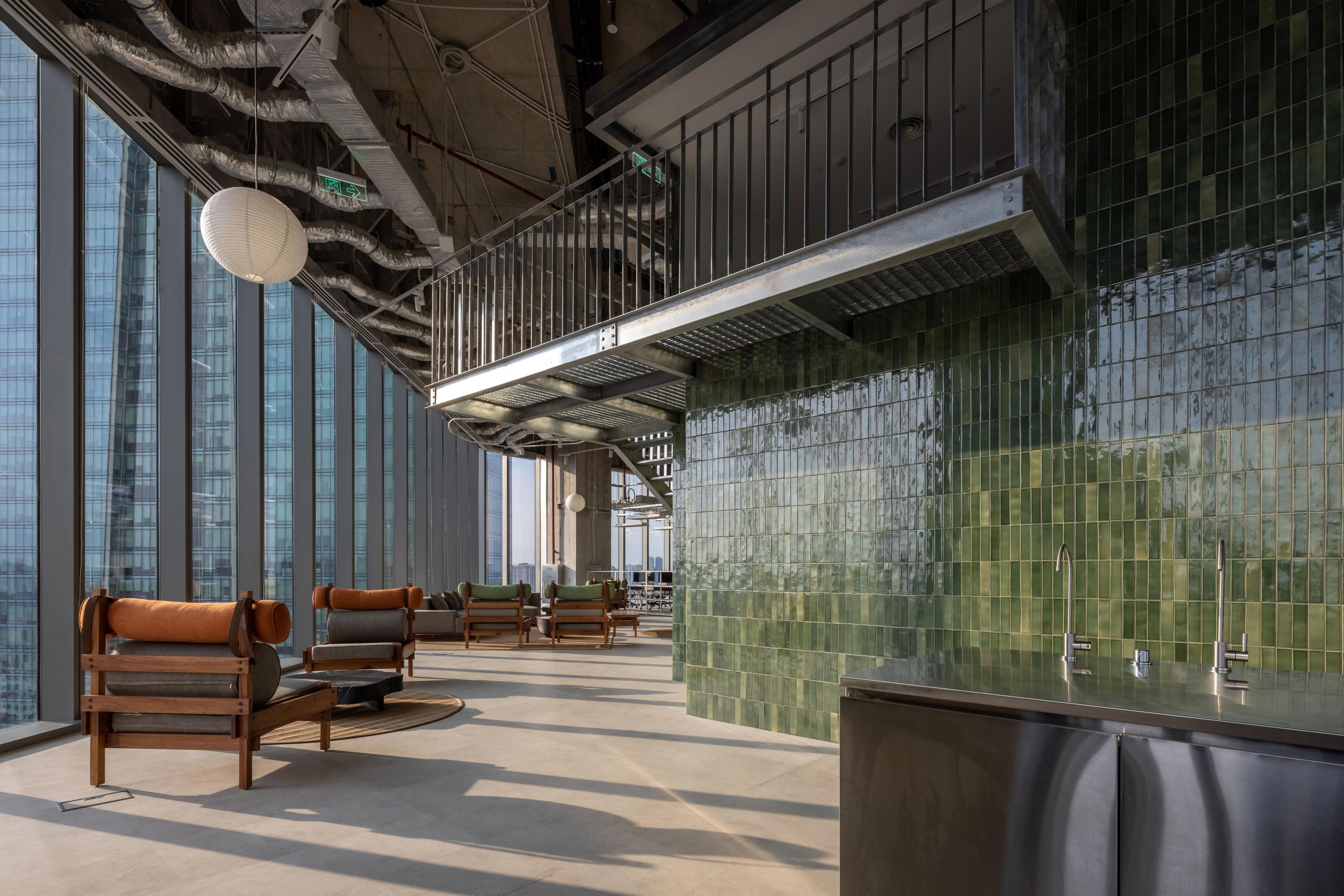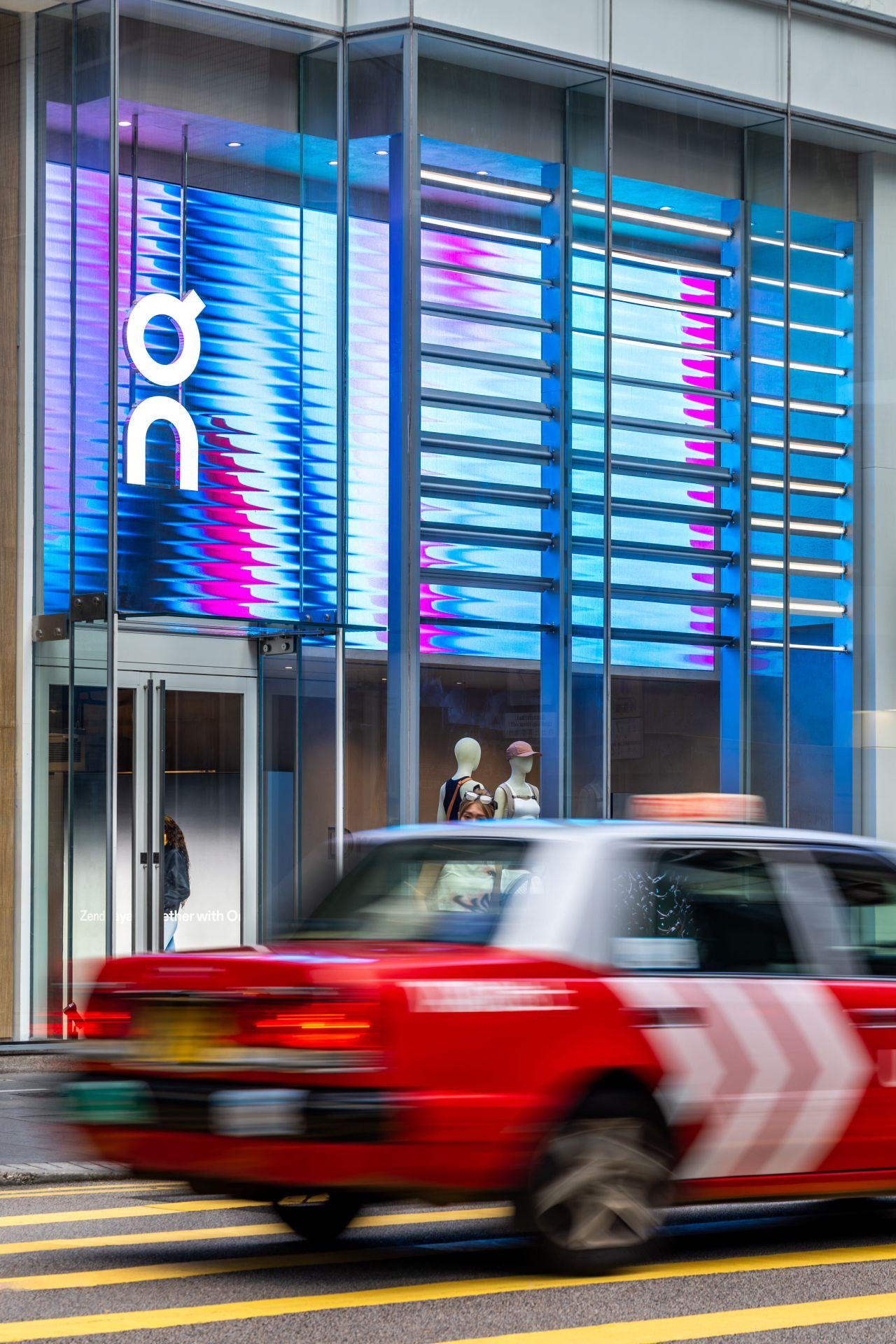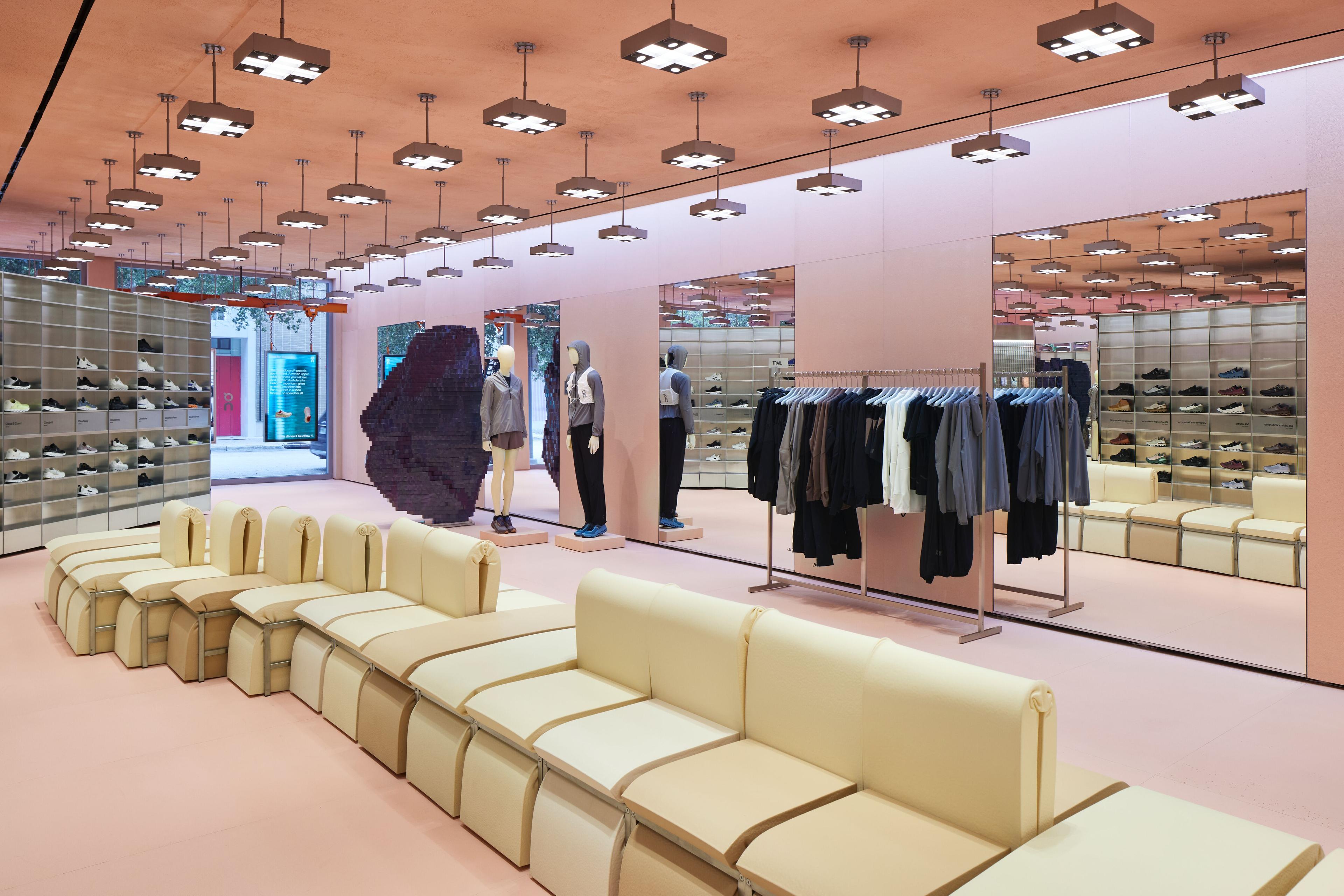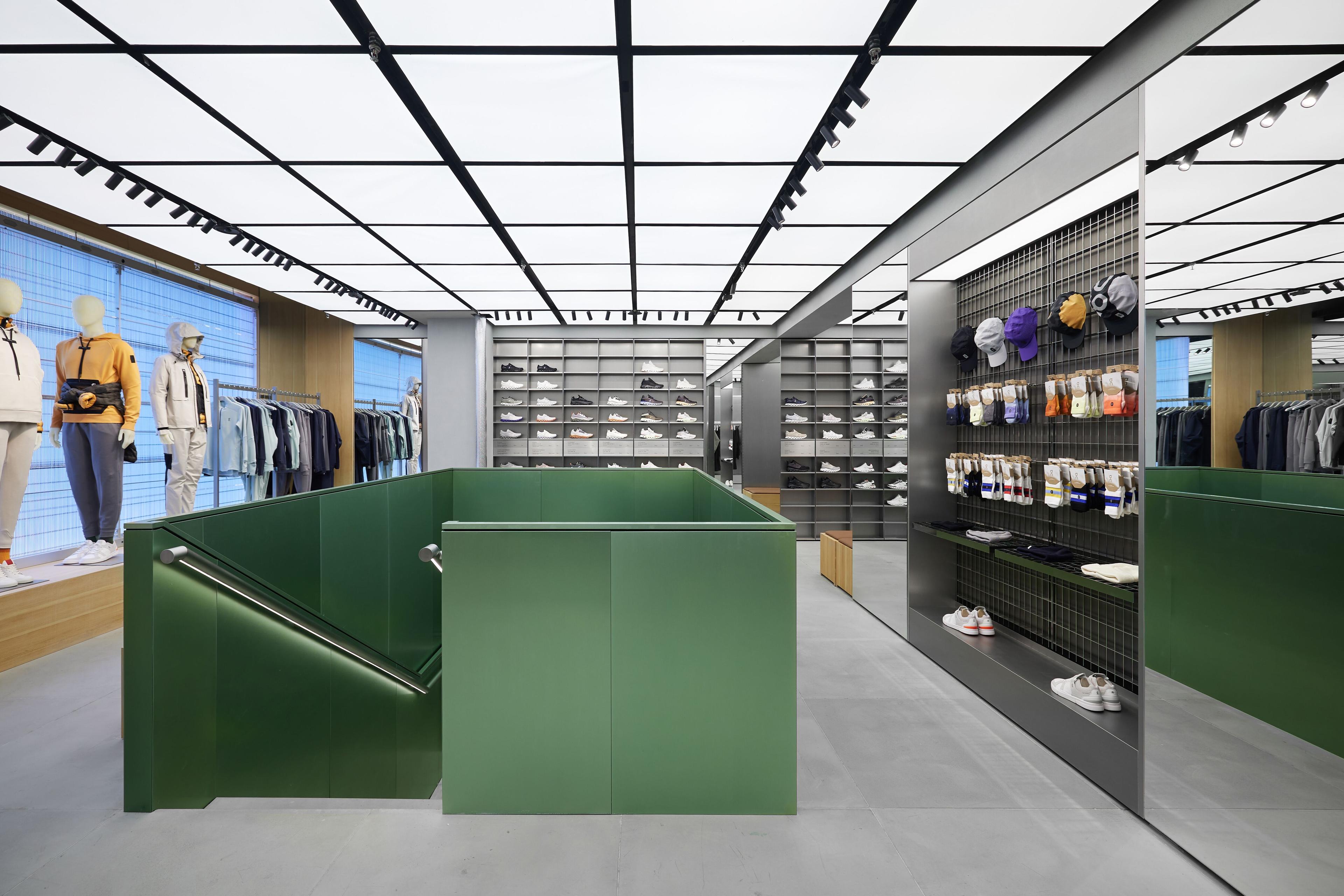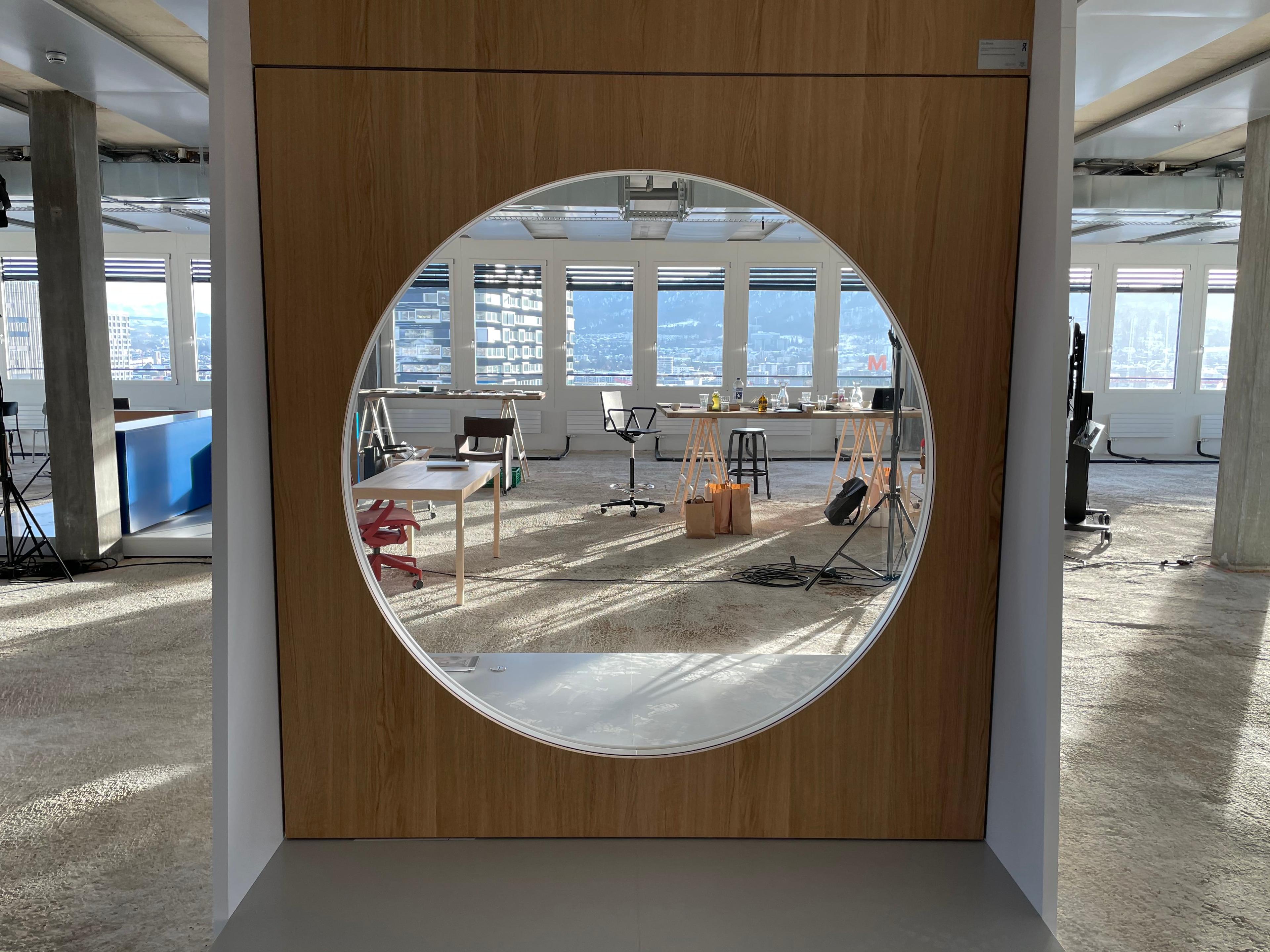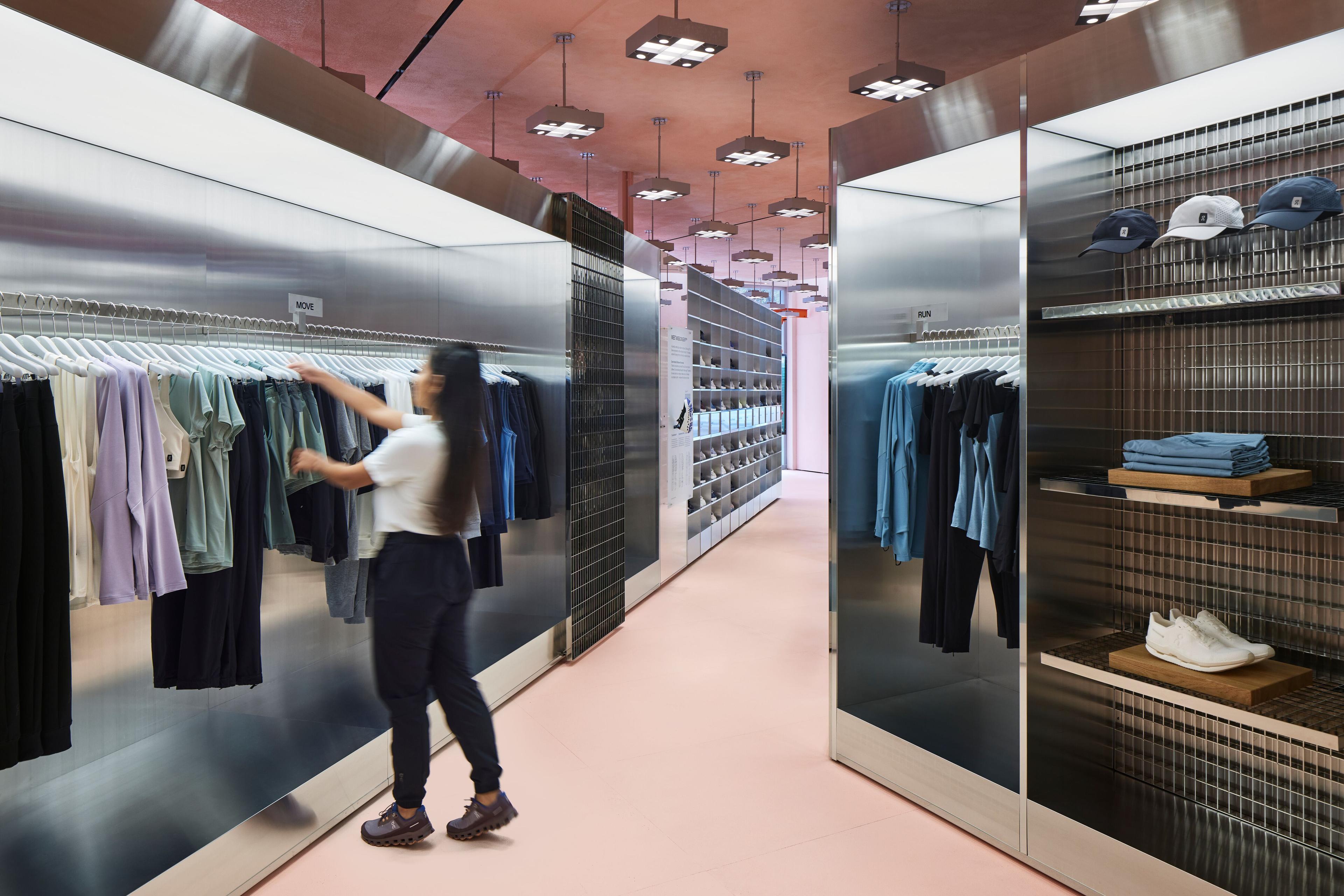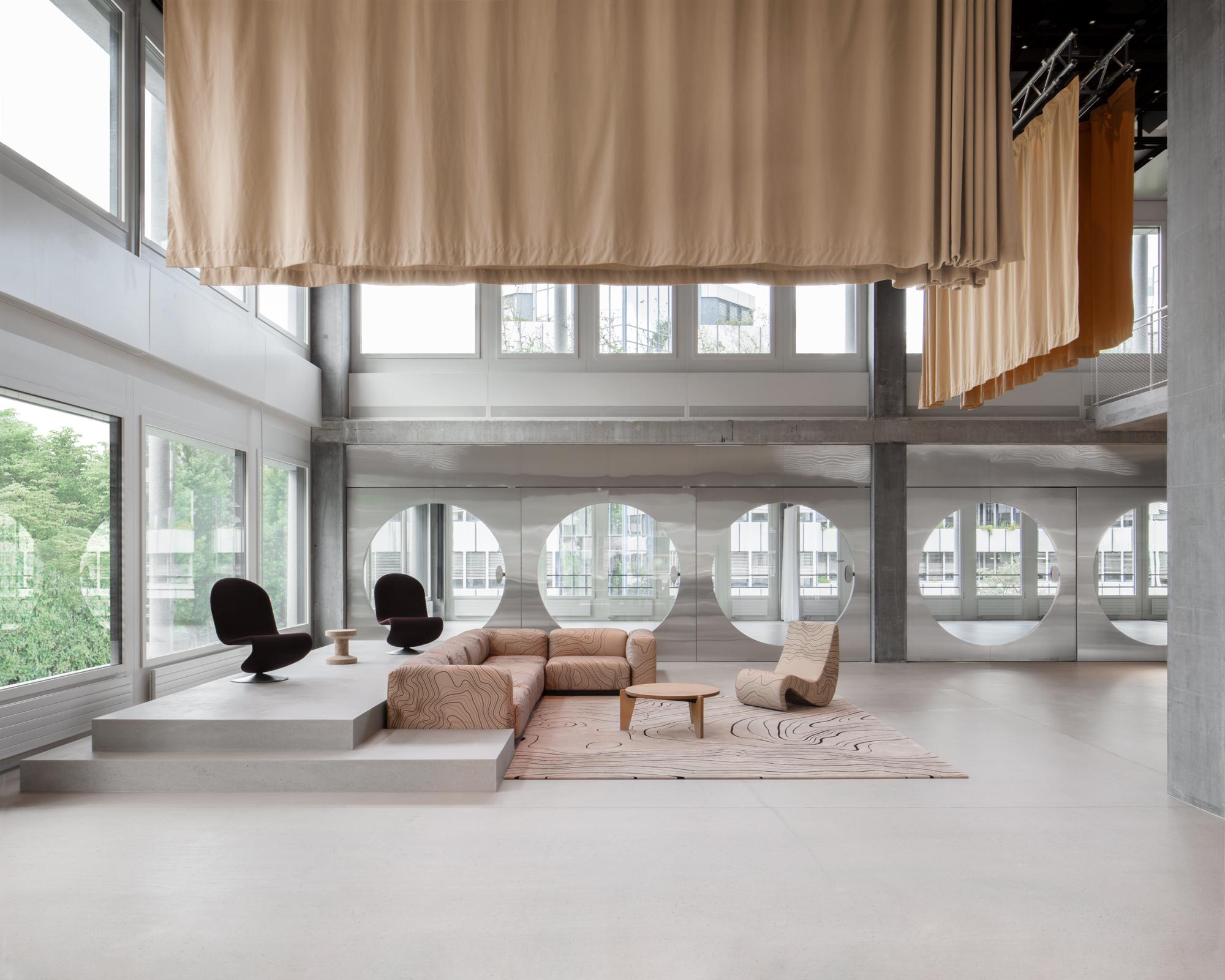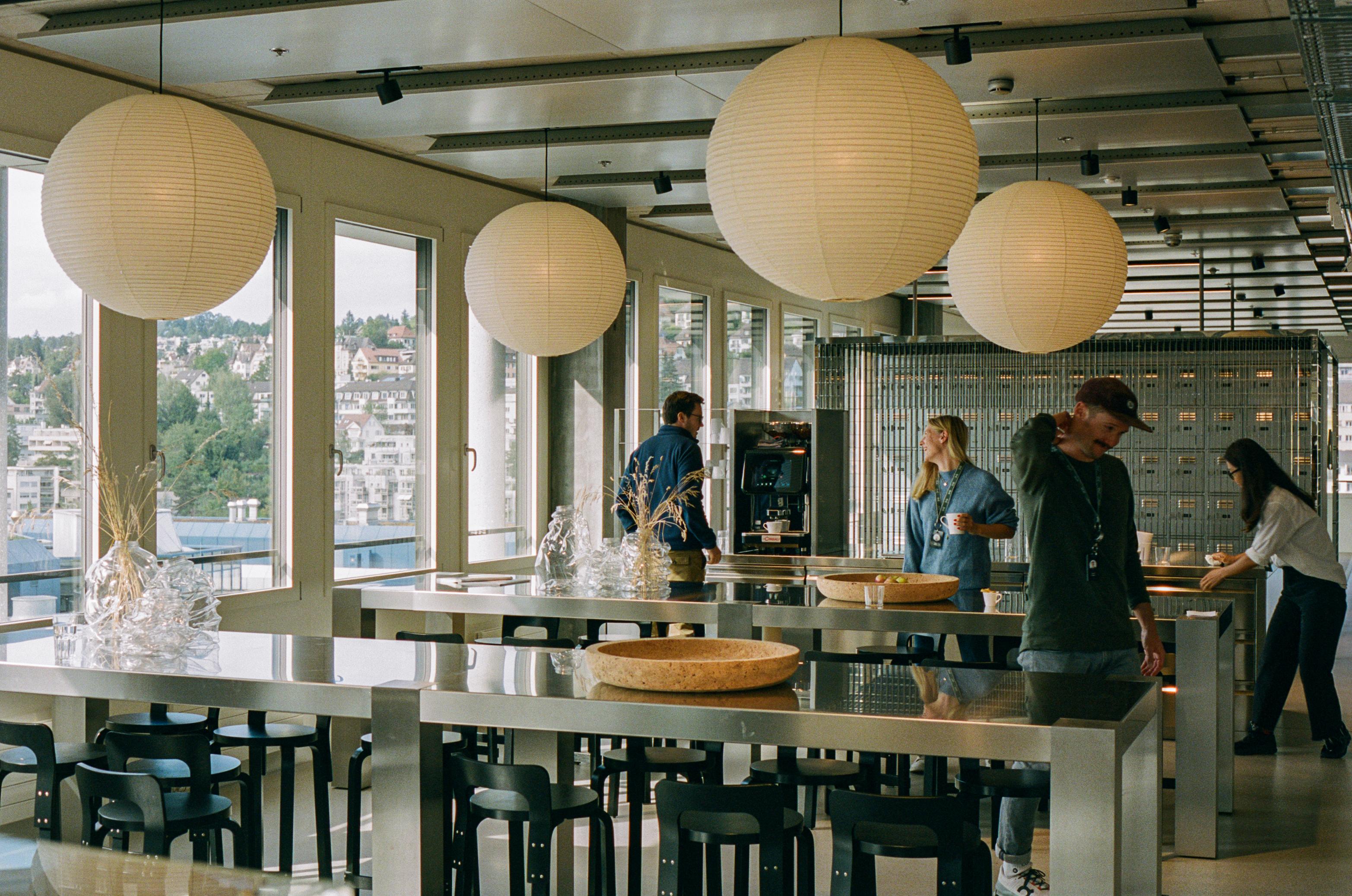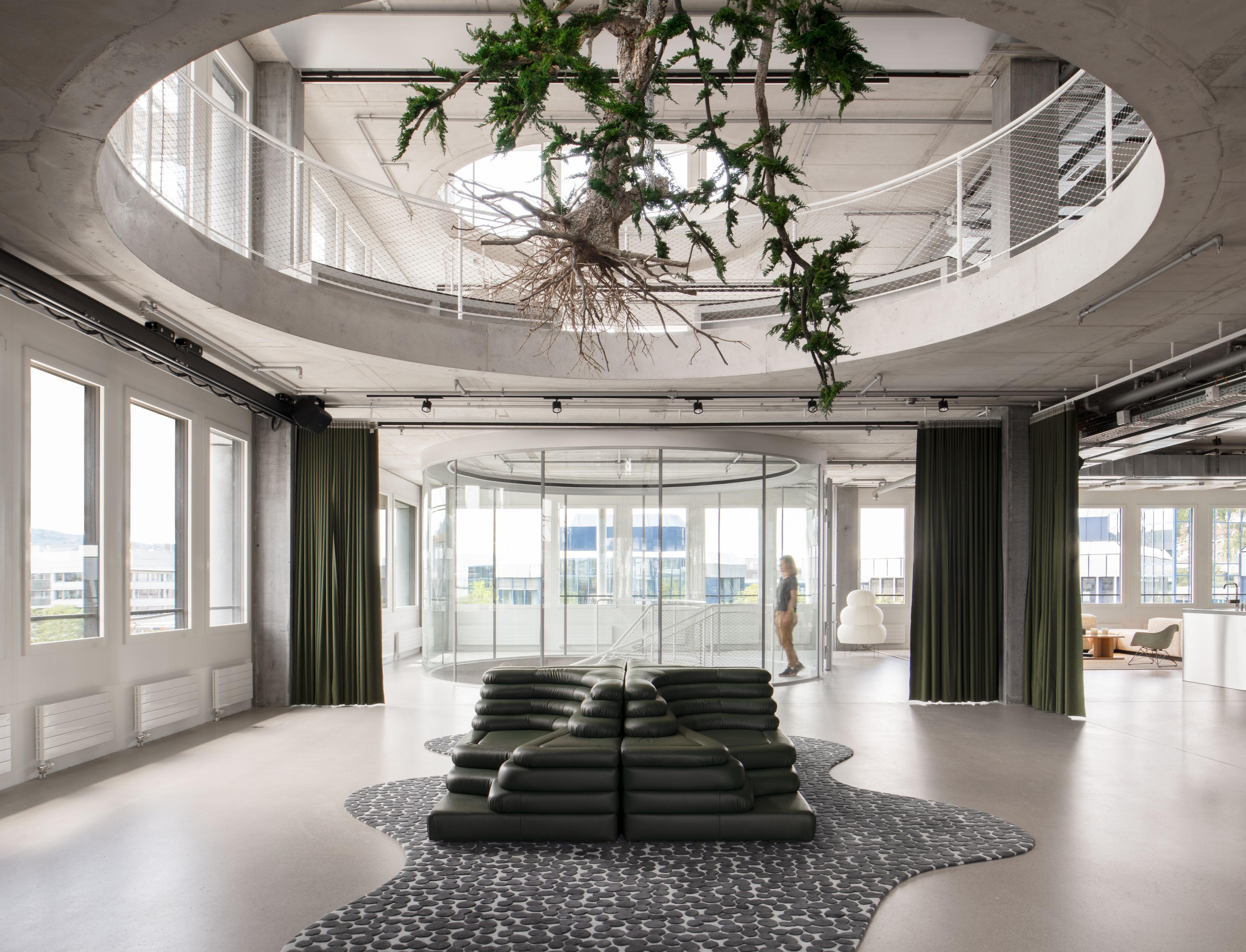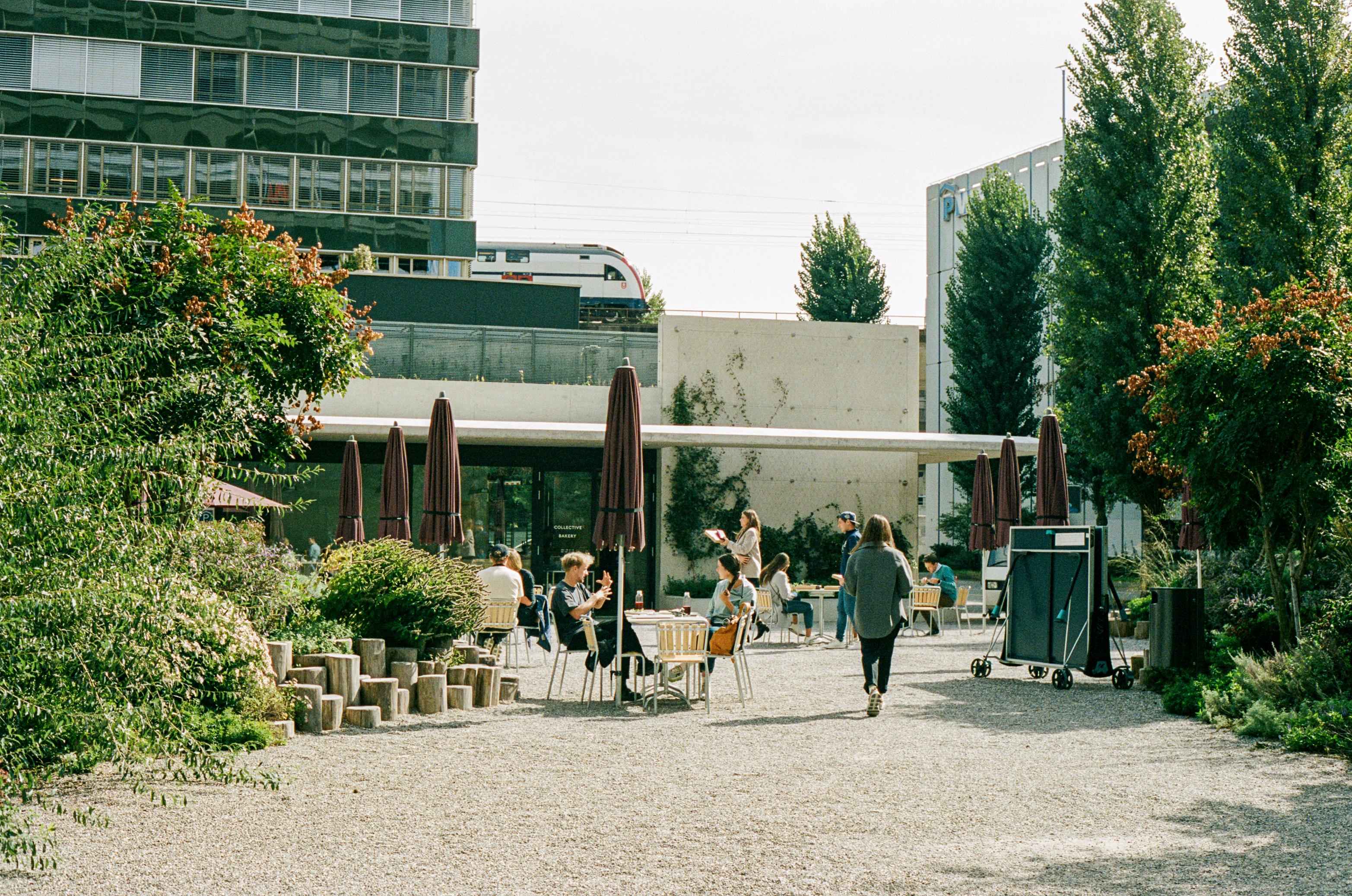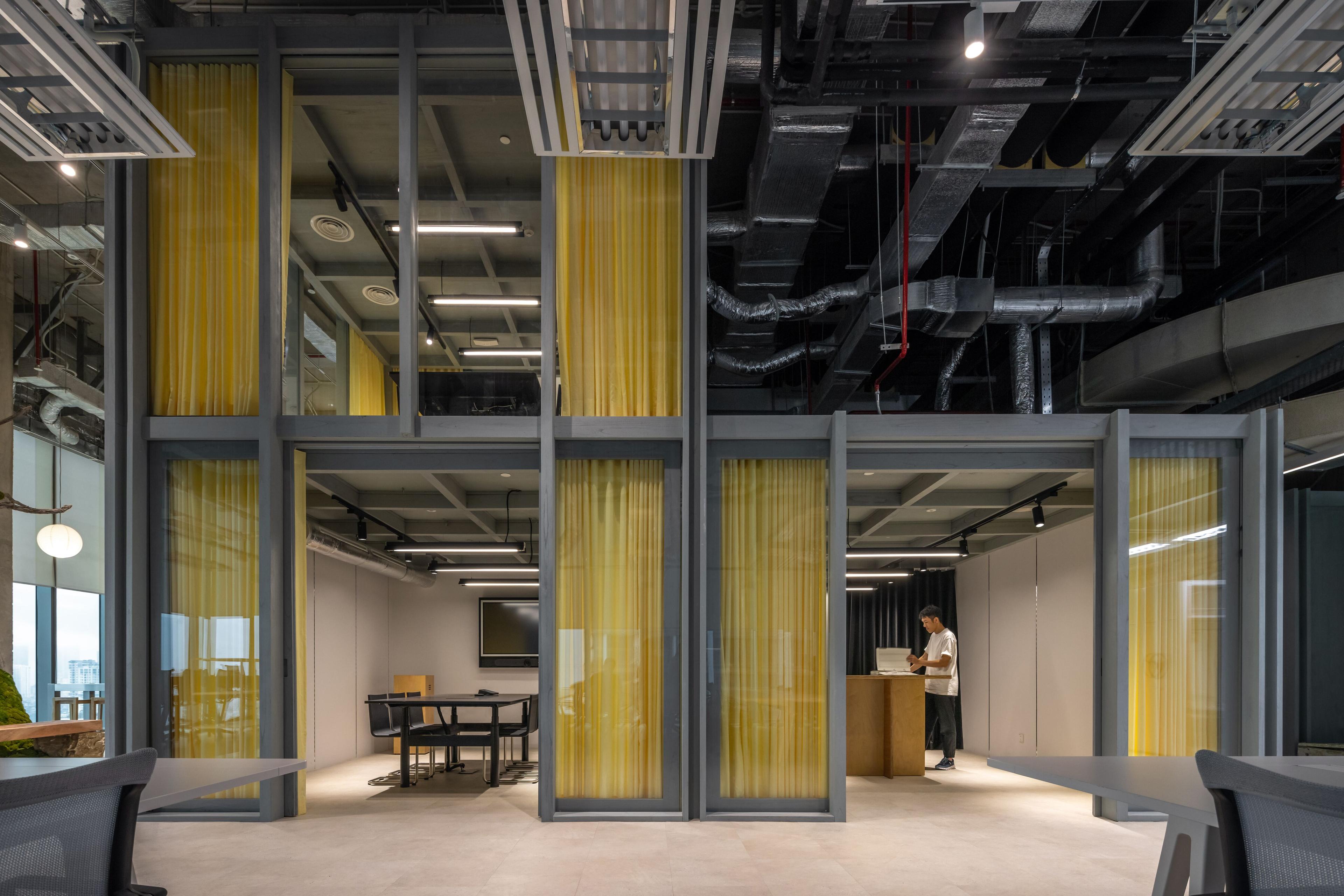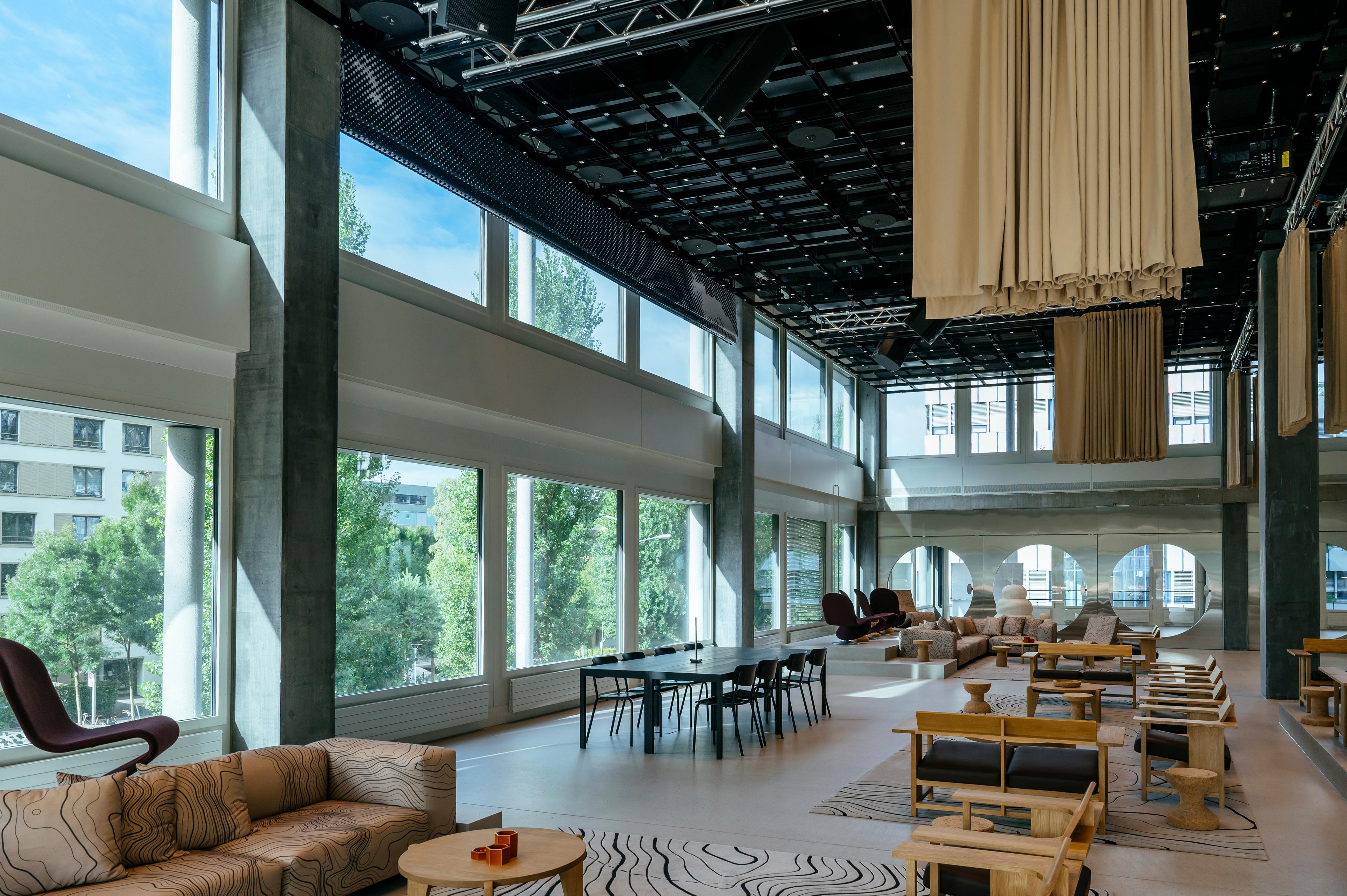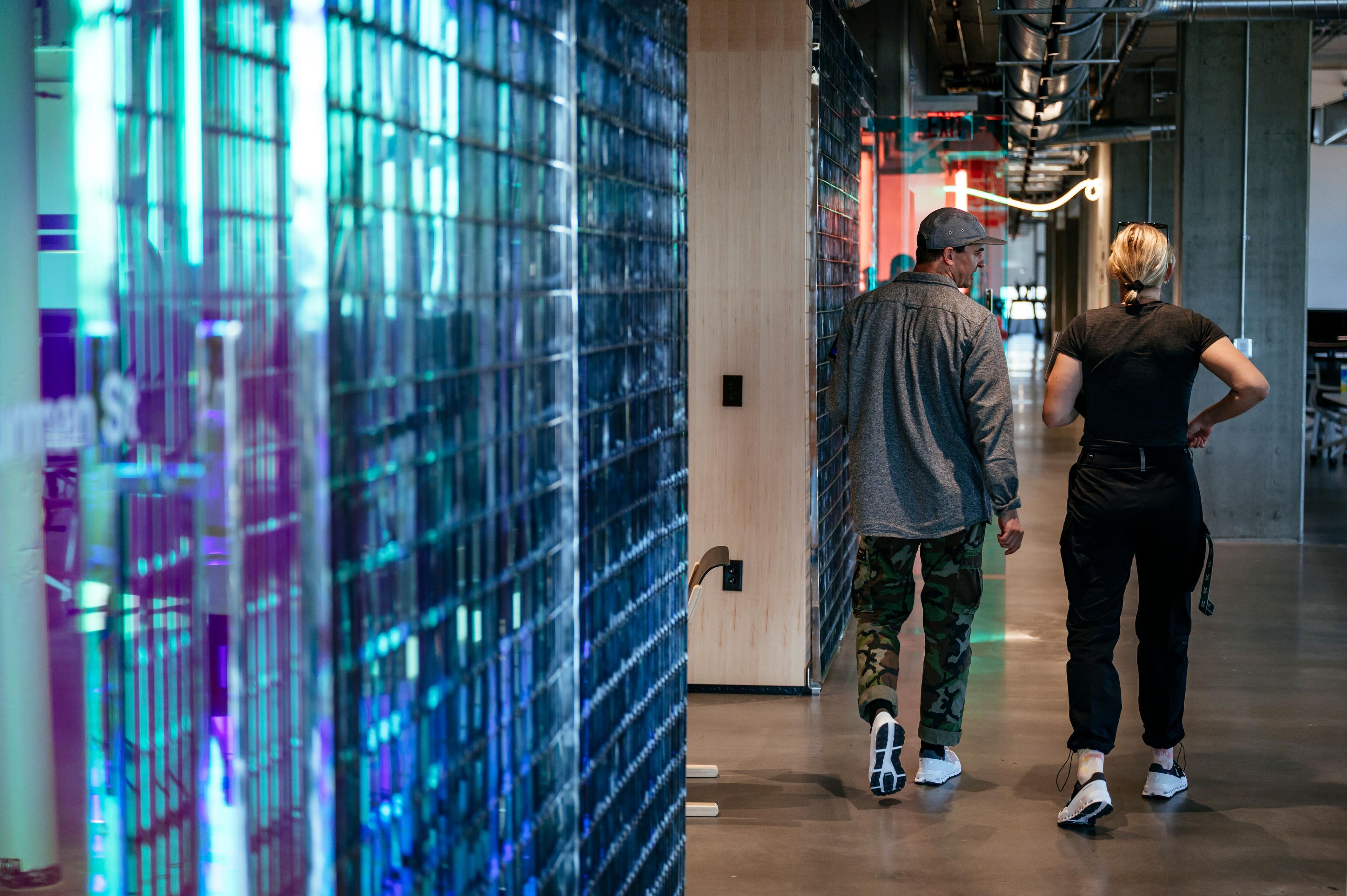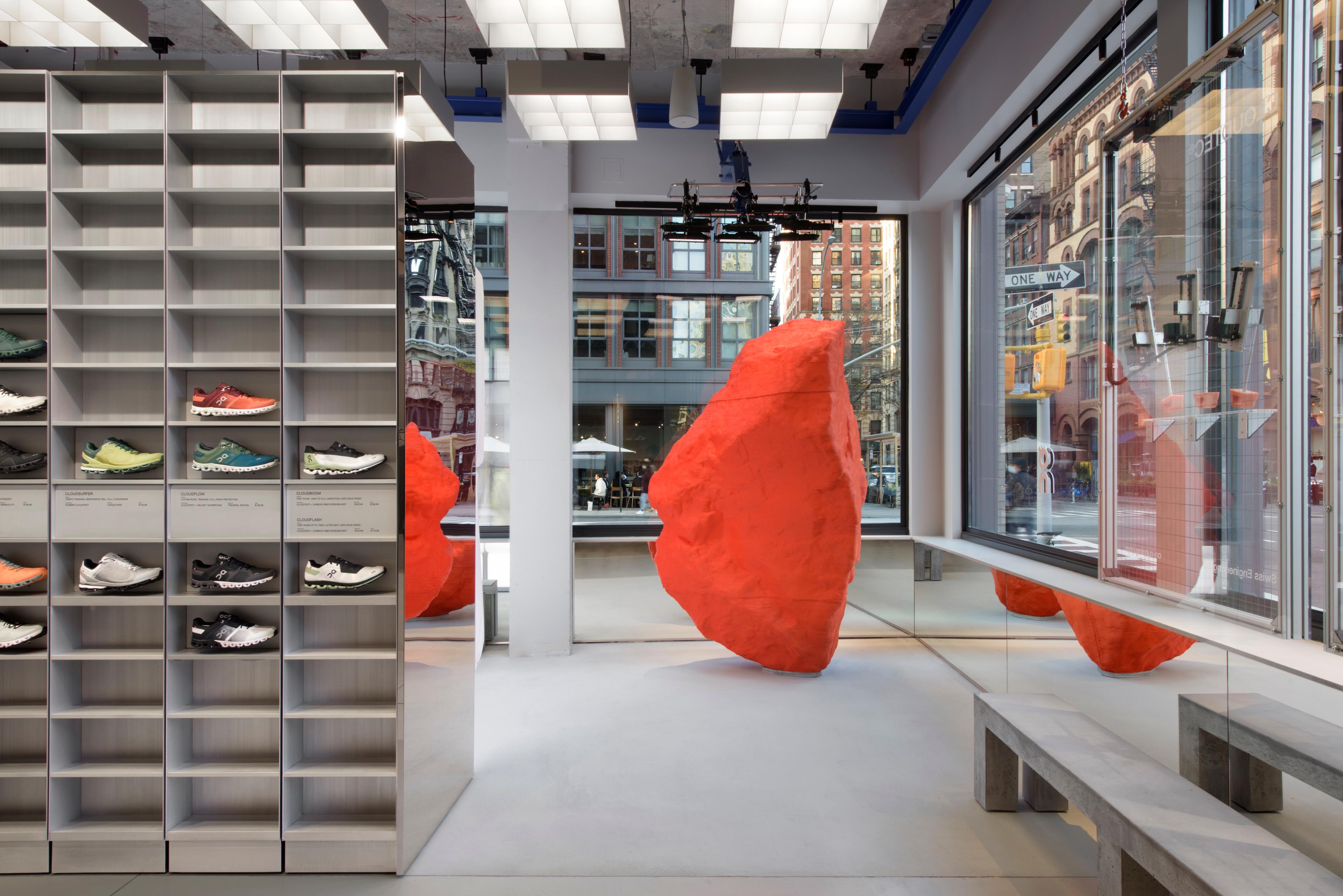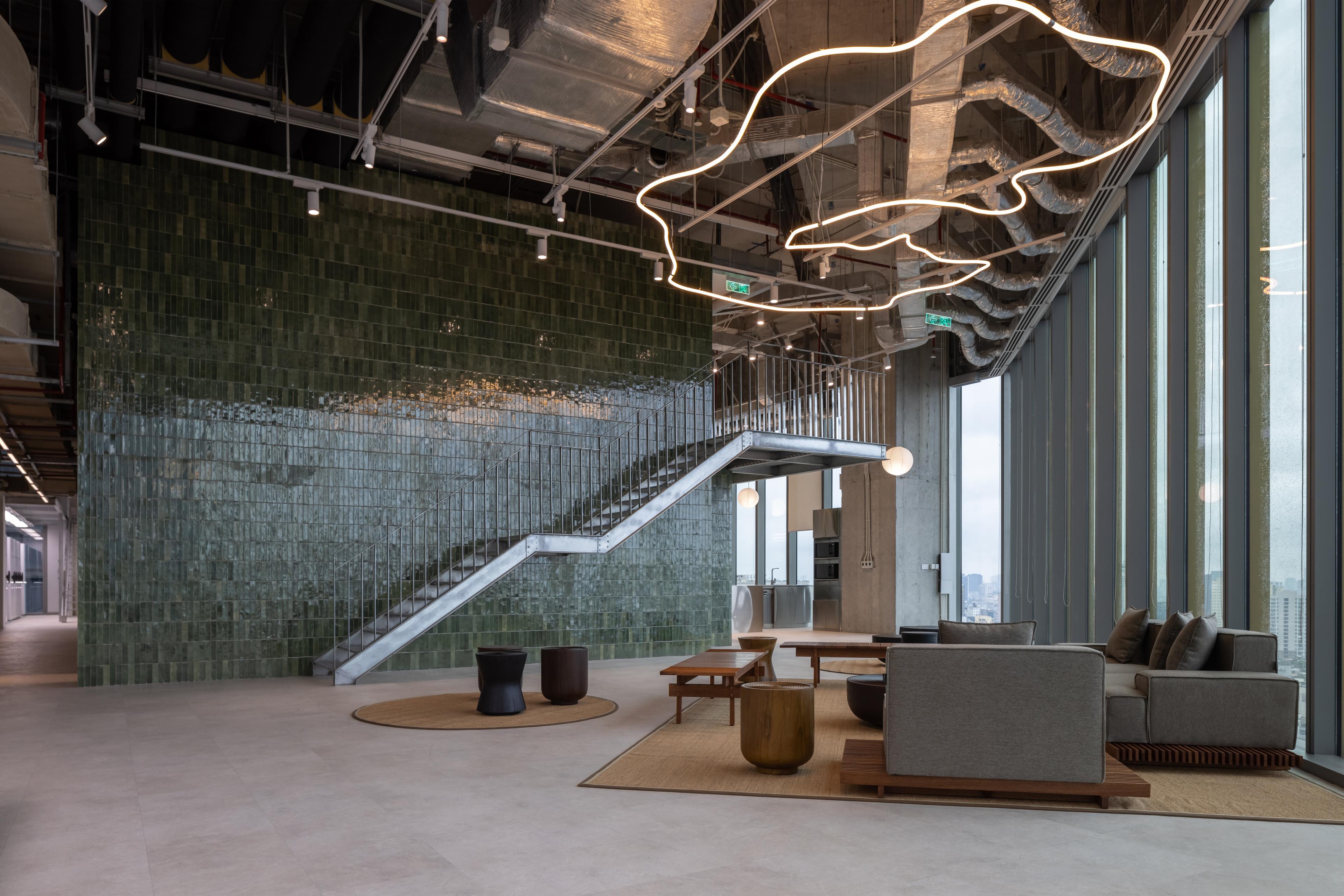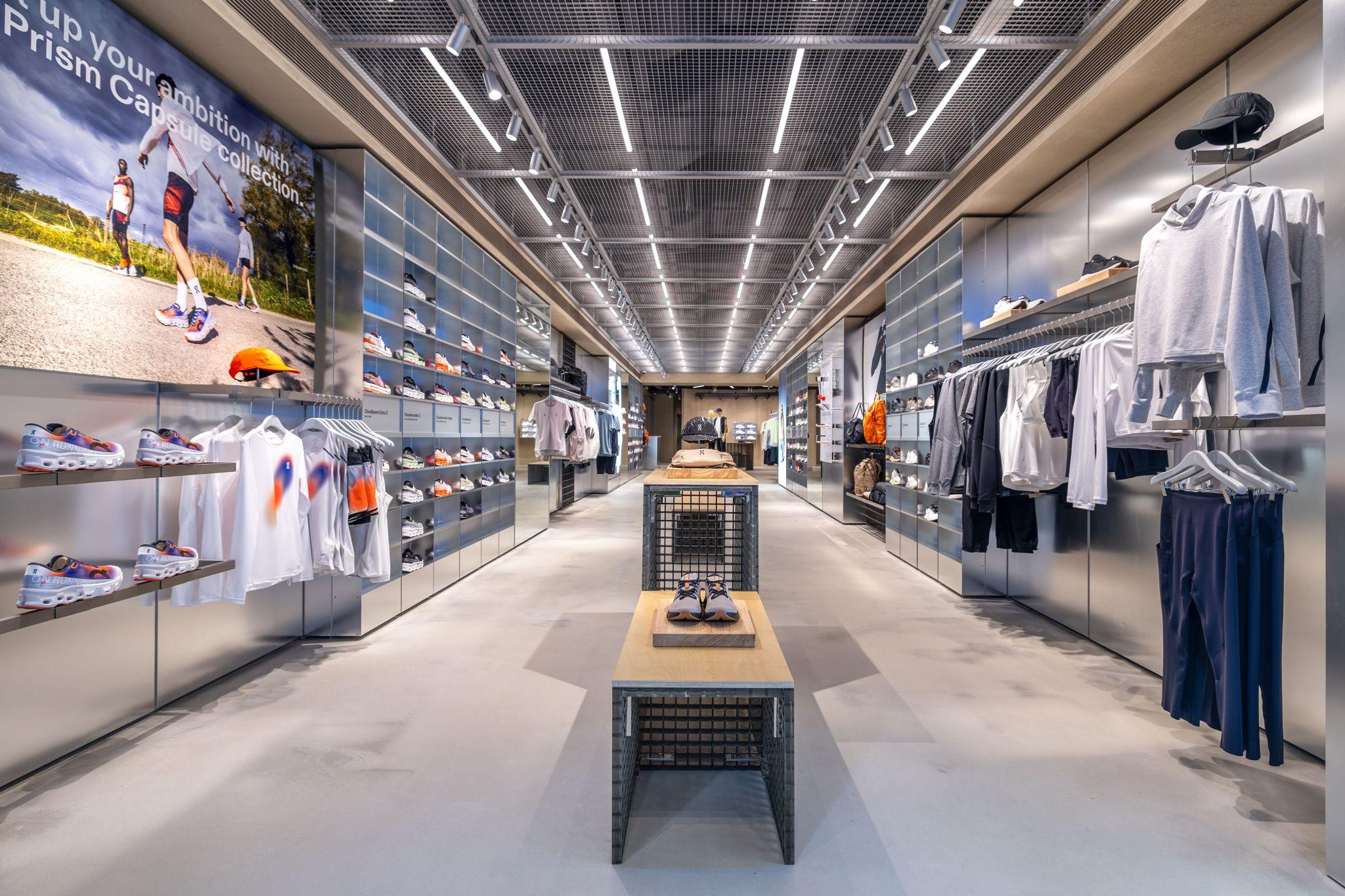Nicolas Martin joined On in summer 2018 and leads our Brand Environments team. What does the term "brand environments" mean to us? Every physical touch point, every store, every workplace – all of our physical spaces are created with highly specific intention and meticulous attention to detail. We intersect spatial exploration with experience engineering. Our spaces must be more than simply beautiful or technical, they are forged to enable connection, support movement and build a culture of community, both within On's team and with the world around us.

1. How does brand storytelling – and On’s identity – come to life through our spatial design?
We’re carrying through the very ethos of On’s founding principles in nature vs technology and our performance innovation DNA through our spatial concepts. Our spatial designs (and designers) explore and innovate on themes that our core to On’s identity – for example, using locally sourced clay in our London Regent Street store which also acts as a natural thermal dampener for the store, or using recycled wool to make office meeting tables, intersecting art and biochemistry to create our 100% natural, mummified alpine tree that hangs suspended in On labs. Fortunately, On’s three key pillars – innovation, design and impact – are direct pillars upon which spatial design can be inspired and contribute value towards.
2. How do we bring innovation and technology to the forefront while still creating a space that feels inviting and warm?
Our products are high-tech objects that connect human beings to their environment. One tends to be engineered in the lab, and the other is a product of raw nature. In our spaces, we seek to highlight that contrast between a Swiss-lab-engineered metallic and sharp palette that is evocative of precision, tooling and technology, with a palette inspired by the warmth and nuance of natural elements. The latter is adapted to the specific geography and environment of a specific store. For example, in our Miami store, we used a sand-infused cement material and warm orange color inspired by the local beaches. In our store in Guangzhou, materials are derived from the local landscape of eroded sandstone in the North of the Shaoguan area. For both, we overlay our engineered product carries such as the Magic Wall for immediate try-ons and our apparel fixtures. Zooming in, we employ a science museum-like technology in storytelling and experiential education allowing visitors to experience, see a demonstration or directly feel the technology instead of just reading a description about it. Finally, the store teams and incredible spirit they bring is an enormous amplifier and culture carrier towards a fun and warm, welcoming environment.
3. What are the ways in which we use design to break down silos or drive collaboration and communication?
The design of our Brand Environments has a core mission of acting as a storytelling vessel of our On's incredible teams, products and innovation to our larger communities. It depends on working closely with many, very diverse internal teams to design an experience that feels authentic and still inseparable from On. Some of our projects can take up to several years to bring from vision to reality, so we play both an endurance game and sprints depending on projects. But what is constant is that any physical infrastructure project employs a long sequence of different teams working closely together to pull it off.
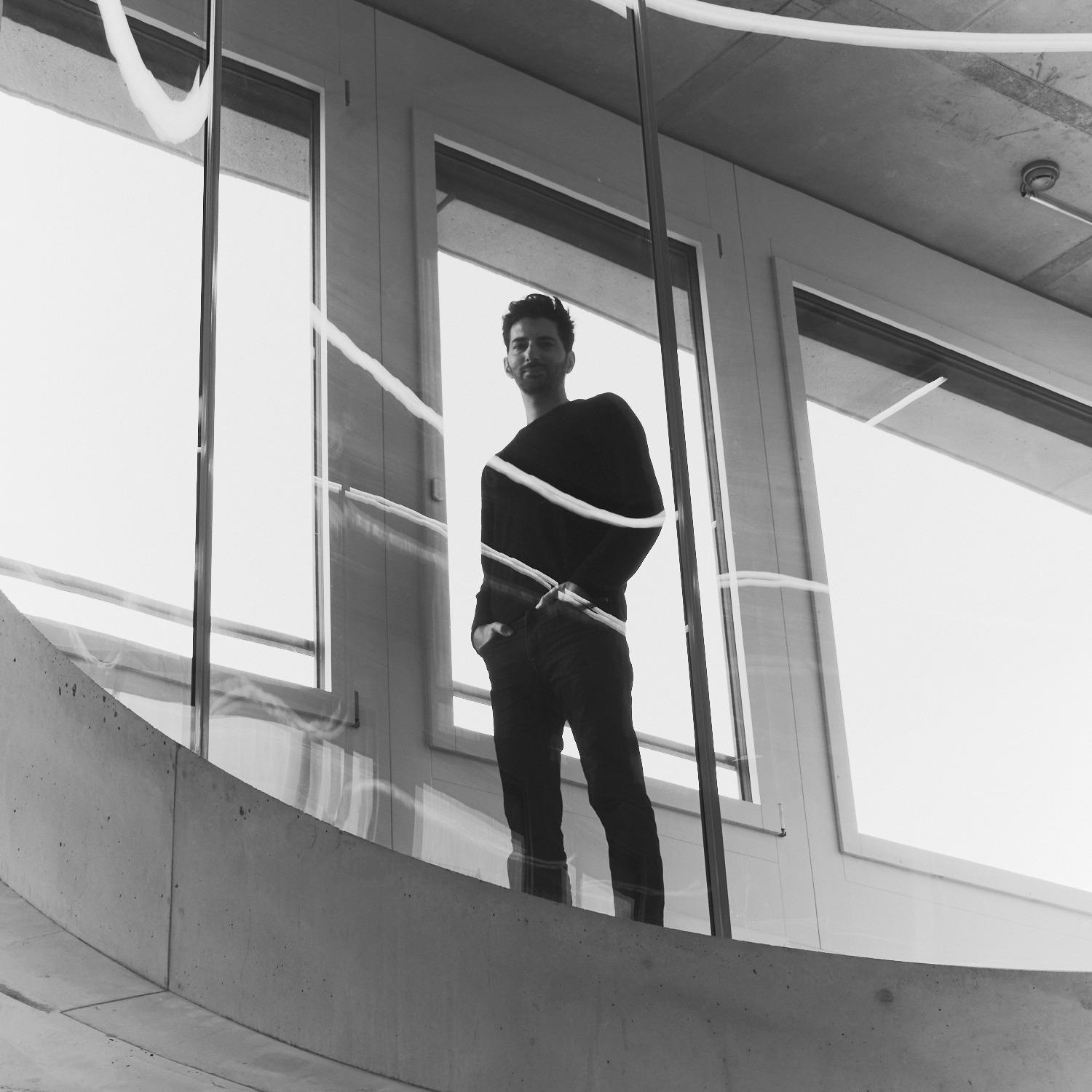
4. How do we invite the community to be part of On spaces (and what is our 'why')?
If you think about our “why” – igniting the human spirit through movement – so much has to do with getting communities moving and what better platform do we have to do so than our On spaces? Our store, offices and other spaces all act as launch platforms to engage, build and inspire community. I always think back to our old offices – we’d often have people having lunch, others coming in all muddy from a run or soccer game, and others already coming out of a fresh shower, walking across the same 'play' area – what we called our sort of cross-functional living, cooking and dining area. How a space is used is just as imported as what it is. As designers, we have a responsibility to shape behavior and influence culture, but it’s also the day-to-day pulse and activity of each individual that shapes the culture and habits that endure.
5. How do you balance form and function (what are the roles of 'gems', for example)?
Let’s take our offices as an example where we have a very “social” and interactive take on what an office is. We believe in a few principles:
- Social: With hybrid working models, the home and workplace each have increased competition. With an incredible community like On, our workplaces are designed to make social encounters (whether planned or not) frequent and of high quality. We prioritize spaces that could be used as informal gathering areas or as social lobbies where one could work, catch up with a colleague or meet a new business partner.
- Movement: We of course believe movement is not only a benefit for the body, but also for the mind. Our office spaces are designed to get you moving and exploring, literally. Through designed “trails” you meet new people, there’s visibility into the meeting rooms or into workshops of different teams, and these open one’s aperture in the workplace.
- Inspiration: We create nuanced and stimulating spaces for different types of people – we try to balance focused workplaces with more collaborative areas. We also have certain areas or functions we treat as “gems” that become destinations within the workplace and offer a particular different environment– allowing you to explore or “travel” within the same workplace.
